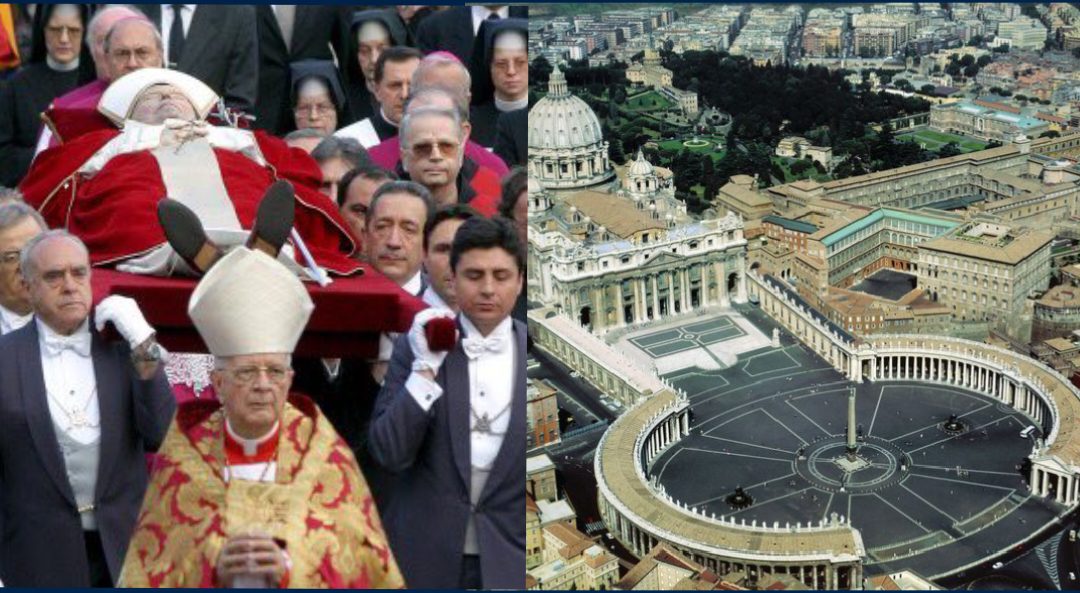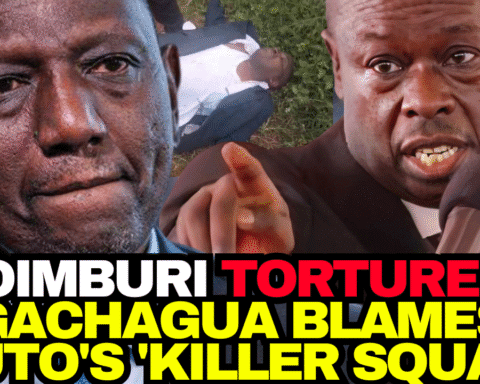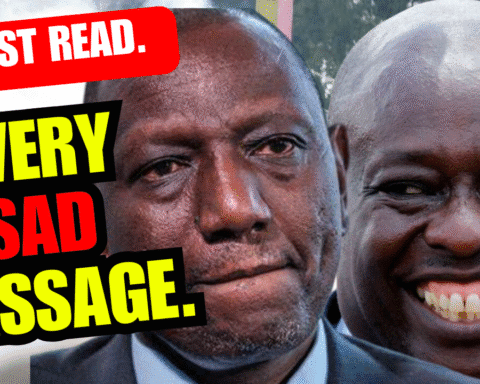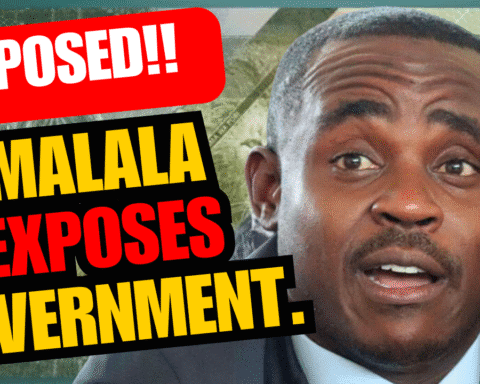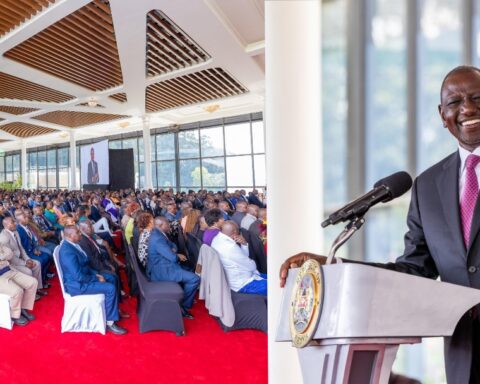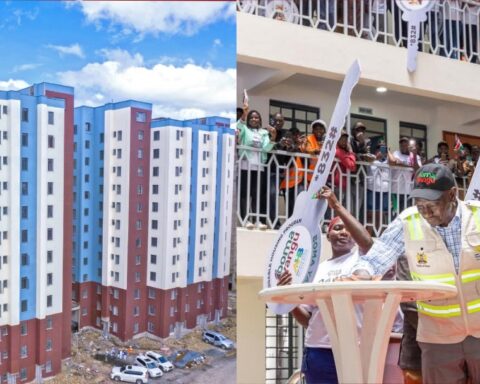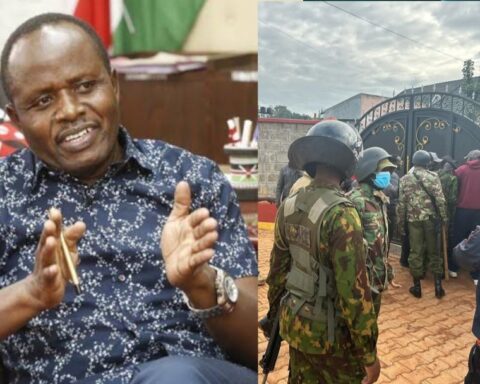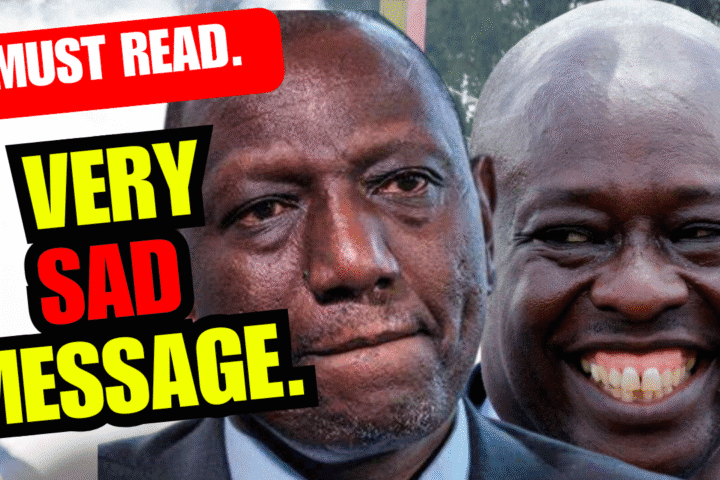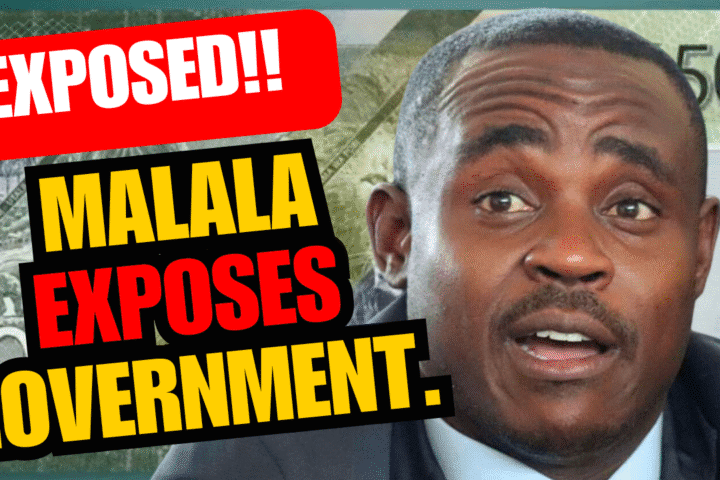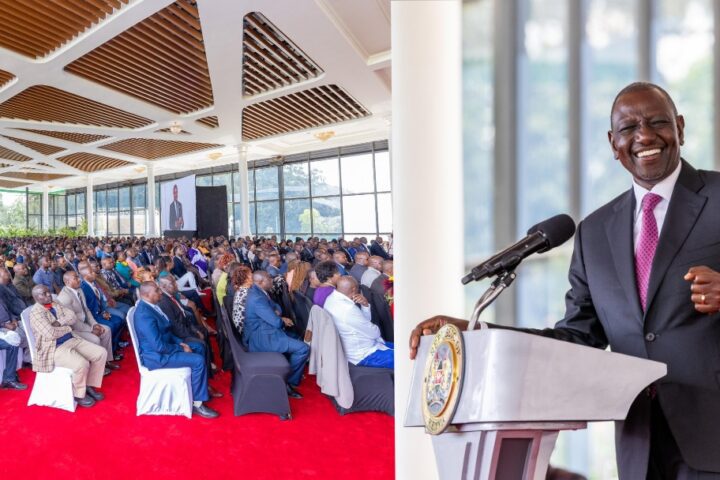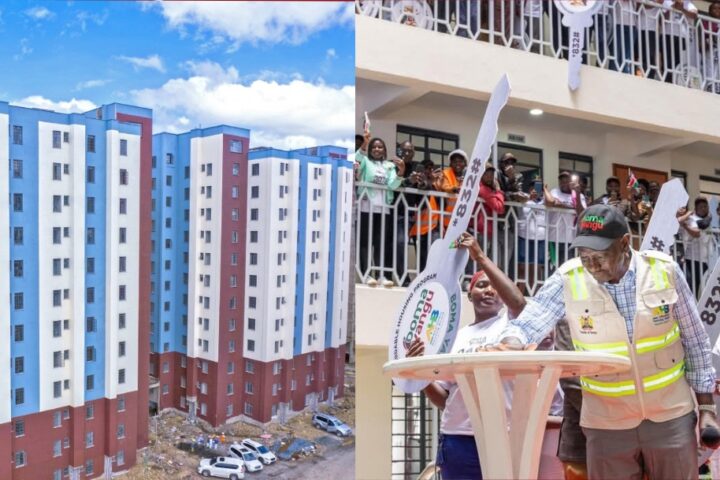When the Pope, who is the spiritual father of all Catholic Churches in the world, dies, the global general public observes keenly the happening s and traditions that take place in Vatican.
During these ceremonies and sacred practices, the processes are characterized by respect, organization, and the desire for continuity.
What follows from the moment of a Pope’s pass away until the announcement of “Habemus Papam”?
Here is a detailed processes of one of the most significant transitions within the Catholic Church leadership in the Vatican:
1. The Final Confirmation of the Popes death:
The processes starts immediately a very low note.
The Camerlengo, who is a senior official within the Vatican, proves the Pope’s passing through an age-old yet respectiful ritual, softly calling the Pope by it’s full baptismal names three times. And if the Pope fails to respond, he solemnly make public the passing on of the Pope.
 2. The Conclusion of a Papacy:
2. The Conclusion of a Papacy:
This is where Fisherman’s Ring Shortly destroyed thereafter, this is a distinctive ring known as the Fisherman’s Ring, which the Pope uses to authenticate official documents. The ring is ceremonially destroyed in the presence of the cardinals who come together for the same ceremony. In normal circumstances this ritual serves to prevent any likehood of forgery and its a sign of the official conclusion of the late Pope’s reign.
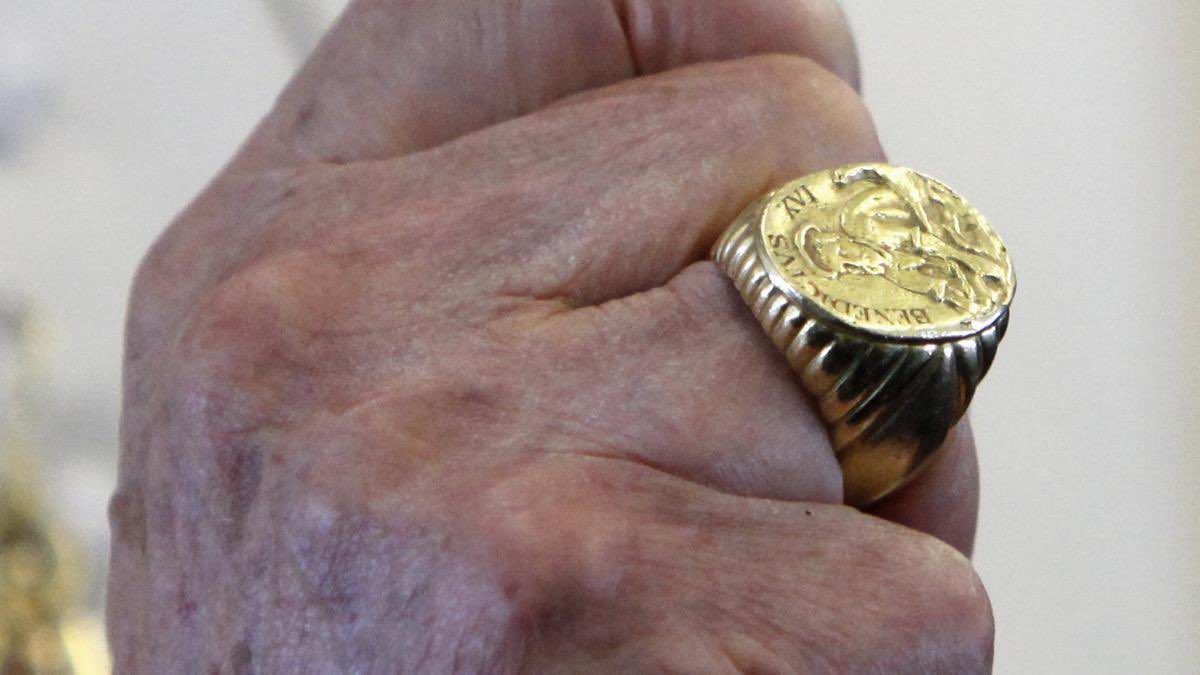 3. Announcement to the Global Catholic Community:
3. Announcement to the Global Catholic Community:
The Vatican which is the the most sacred places in Christendom give out an official announcement informing the world Catholic community and the general public that the Pope is dead. In some regions, flags are lowered to half-mast, church bells ring and the Catholic community immediately start the traditional mourning practices in respect to their pope.
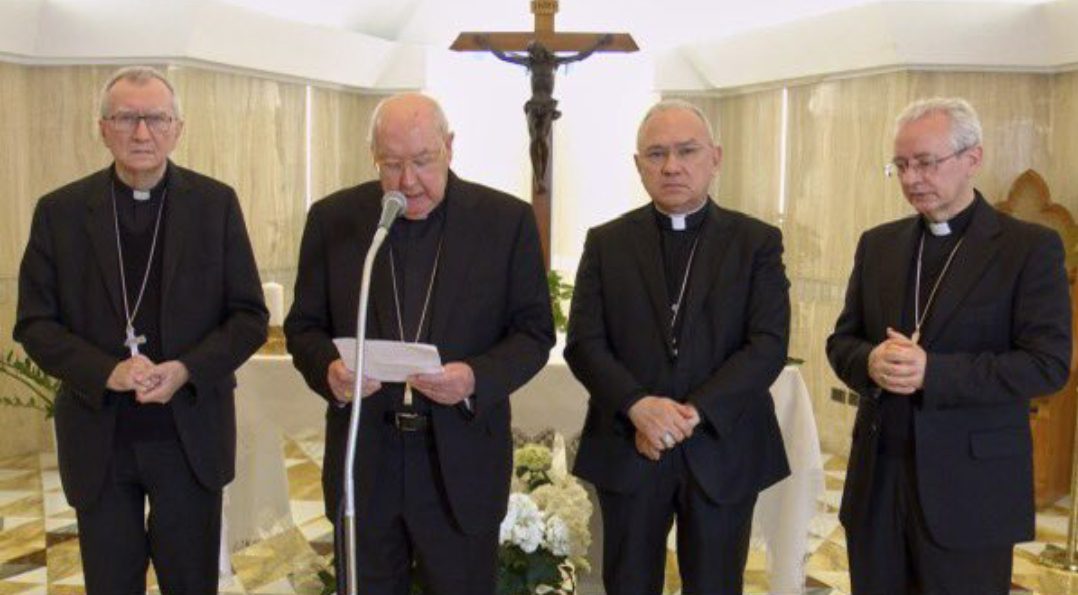 4. A Nine-Day Period of Prayer and Remembrance:
4. A Nine-Day Period of Prayer and Remembrance:
Also called as, the Novemdiales in latin, meaning nine-day observance focused on mourning and prayer. Special daily masses are done for the rest of the Pope’s soul in eternal peace.
All this time, the Pope’s body is customary put on view in St. Peter’s Basilica, for faithfuls who will travel from all over the world to Vatican to view his body and pay their last respects.
 5. The Pope’s Last burial location:
5. The Pope’s Last burial location:
In normal circumstances, the Pope is interred beneath St. Peter’s Basilica, although he may opt to choose a different place for his burial. His corpse are customary placed in three coffins as conventionally established:
- the outermost made of cypress wood,
- the middle one of lead and,
- the innermost crafted from elm or oak.
Each layer standing for a profound sense of respect and meaning.
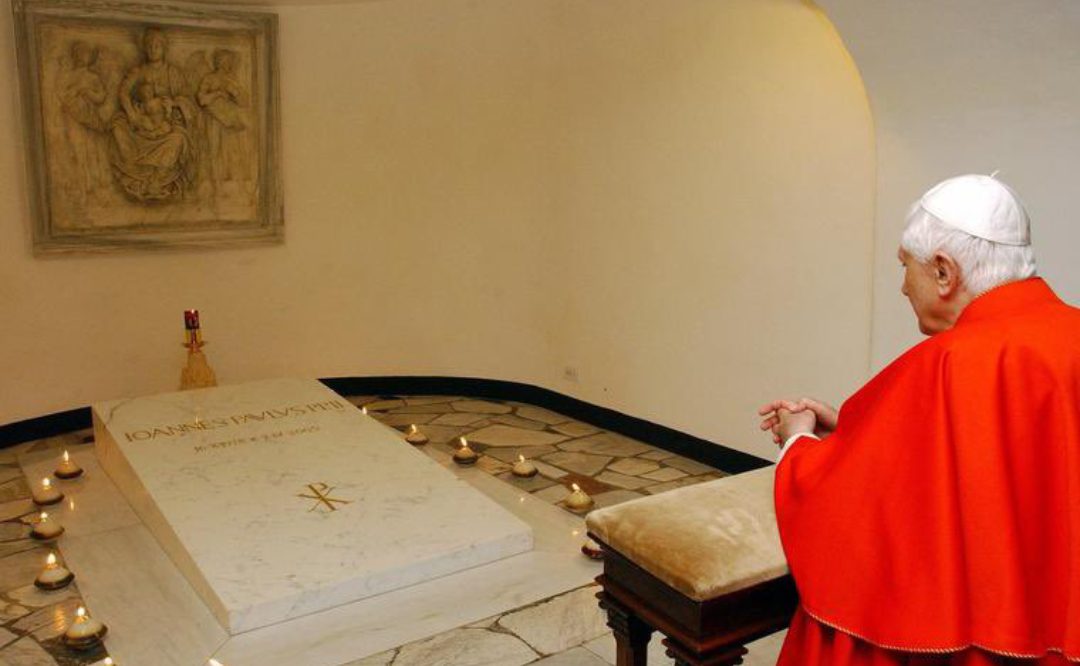 6. Sede Vacante:
6. Sede Vacante:
This means the Catholic Church is in Transition, and his happens when the papal seat is declared vacant.
During this period the regular operations and governance of the Church comes to a temporary stop. Here the Camerlengo manages the daily functions of the Vatican, whereas he cannot commission any new church policies, appoint, or make any significant decisions on behalf of the church.
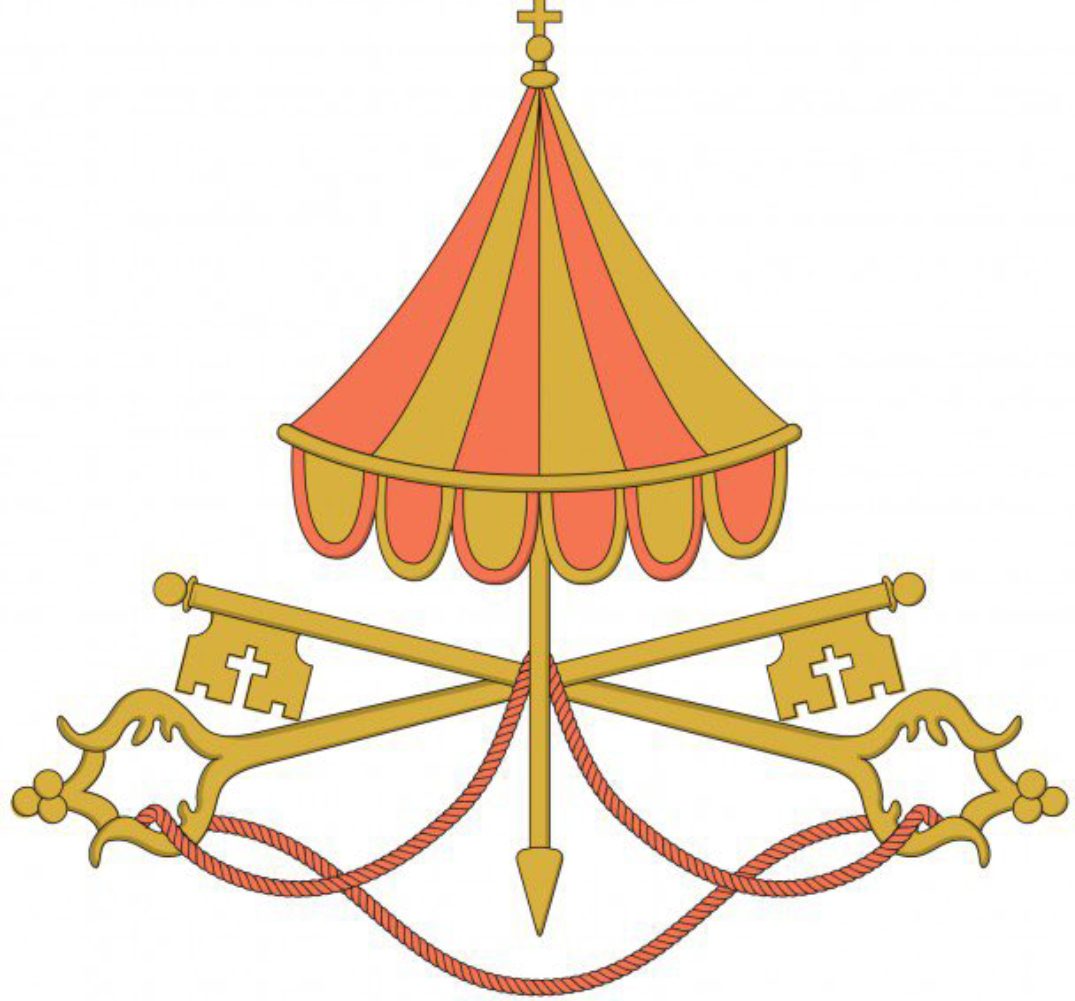 7. Assembly of the Cardinals:
7. Assembly of the Cardinals:
Within a few weeks, the College of Cardinals, specifically those under 80 years old, convenes in Rome. Here, they prepare for the confidential process of electing the next pope. During this this, the Church must observe a waiting period of at least 15 days, but not longer than 20, before the conclave can commence.
Please note: Only cardinals under 80 years old are eligible to vote.
 8. Within the Conclave:
8. Within the Conclave:
This takes place inside Sistine Chapel. The conclave is a deeply private and secretive revered election process that only the cardinals participate in.
They carry on multiple rounds of voting until one candidate out of all those that are participating secures a two-thirds majority. After the voting and one acquires the required votes, he is declared the winner and posed question:
“Do you accept your election as Supreme Pontiff?”
And if he responds affirmatively, he promptly selects his new papal name.
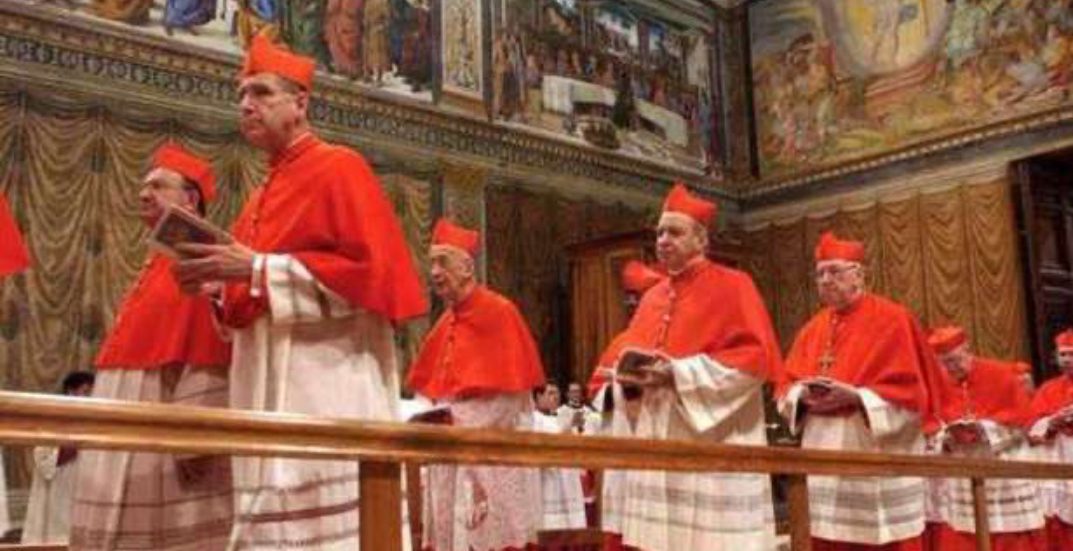 9. Habemus Papam! – A Global Celebration:
9. Habemus Papam! – A Global Celebration:
To mark the end of choosing a new pope, the white smoke fill out from the chimney of the Sistine Chapel, and the Cardinal Protodeacon steps out onto the balcony of St. Peter’s Basilica to announce the election of the new pope to the world.
He then proclaims to the world: “Habemus Papam!” (“We have a Pope!”) After that, the new Pope makes his inaugural appearance, bestowing his first Urbi et Orbi blessing.
-“to the city and to the world.” –
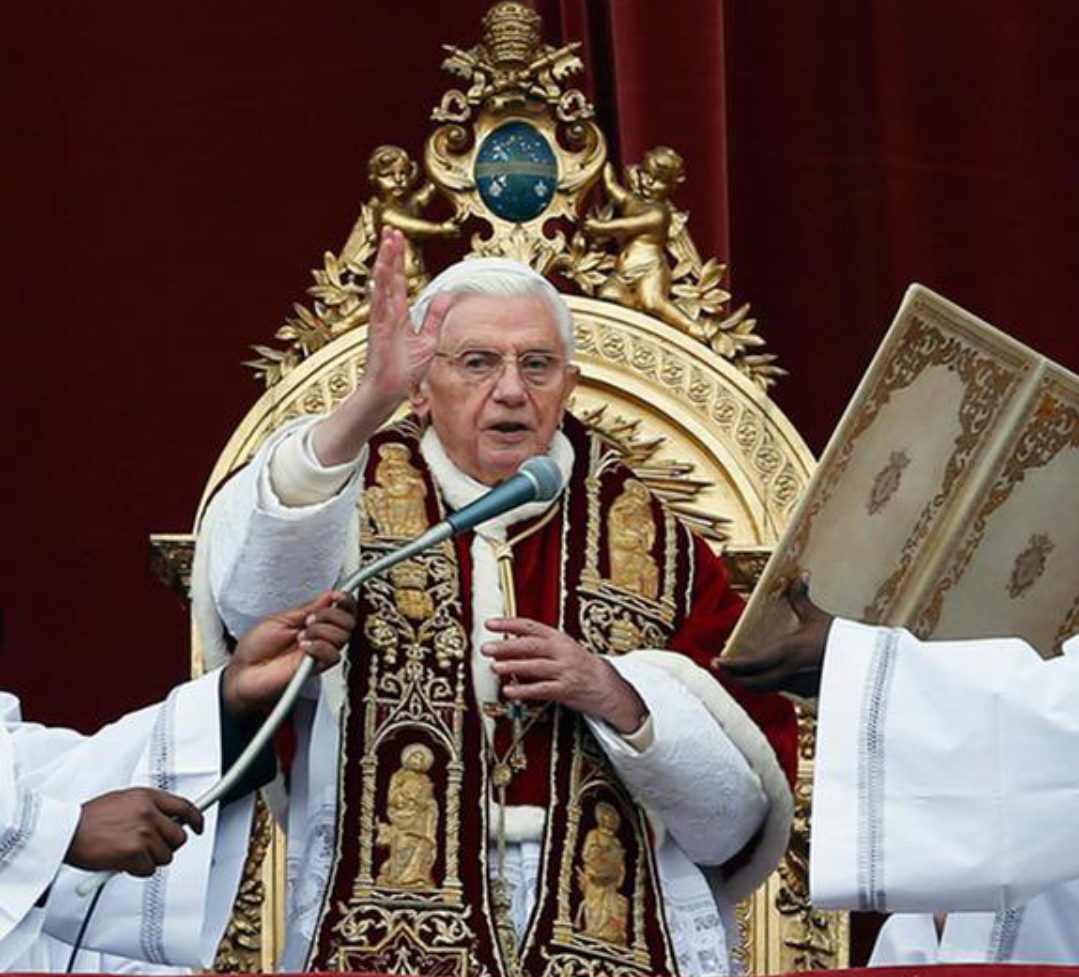 Conclusion:
Conclusion:
The ceremony is sacred Transition and while the passing of a pope brings grief, it also ushers in a time of hope, through age-old rituals and sacred customs and the Church continues its journey, led by faith, continuity, and the conviction that they now have a leader chosen not only by the cardinals but by God Himself
